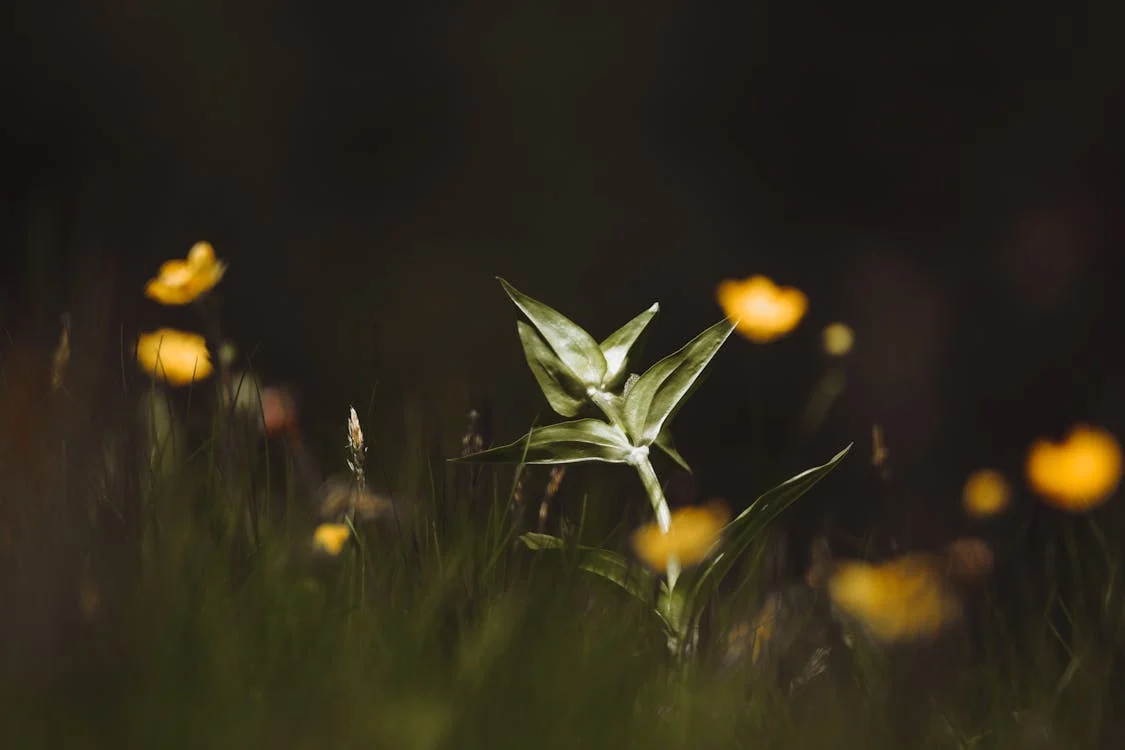Introduction
Bringing plants into our homes adds beauty, fresh air, and a sense of peace. As a plant lover, I have always enjoyed surrounding myself with greenery, but I’ve learned that not all plants are suitable for indoor environments. Some can be toxic to pets and children, while others require more maintenance than they are worth. If you’re considering adding new plants to your home, it’s essential to know which ones might pose risks. In this article, I’ll share a list of plants you should avoid growing at home and explain why they might not be the best choice for your indoor space.
Toxic Plants to Avoid
1. Dieffenbachia (Dumb Cane)
Dieffenbachia is a popular houseplant known for its lush, tropical foliage. However, it contains toxic compounds that can cause irritation, swelling, and even difficulty breathing if ingested. If you have curious pets or young children, it’s best to keep this plant out of your home.
2. Oleander (Nerium oleander)
Oleander is stunning with its vibrant flowers, but it is one of the most toxic plants you can have indoors. Every part of the plant, from its leaves to its sap, contains deadly toxins that can cause severe poisoning if ingested. Even inhaling the smoke from burning oleander leaves can be harmful.
3. Peace Lily (Spathiphyllum)
Peace lilies are often chosen for their elegant white flowers and ability to purify the air. However, they contain calcium oxalate crystals, which can be harmful to pets and humans if ingested, causing irritation and digestive issues. If you love peace lilies, keep them out of reach of animals and children.
4. Pothos (Epipremnum aureum)
Pothos is a low-maintenance plant that thrives in many conditions, but it is toxic to pets. If a cat or dog chews on its leaves, it can lead to vomiting, oral irritation, and difficulty swallowing. While it’s not as dangerous as some other toxic plants, it’s still worth considering a pet-friendly alternative.
5. Sago Palm (Cycas revoluta)
Sago palms add an exotic look to homes, but they are extremely poisonous. Ingesting any part of this plant, especially the seeds, can lead to liver failure in pets and humans. If you love the palm aesthetic, consider a safer alternative like the Areca palm.
High-Maintenance Plants That Can Be Difficult Indoors
6. Fiddle Leaf Fig (Ficus lyrata)
Fiddle leaf figs are trendy, but they require high humidity, bright indirect light, and consistent watering. Without the right conditions, they quickly develop brown spots and drop leaves. If you’re not ready for the upkeep, this might not be the best choice.
7. Bonsai Trees
Bonsai trees are beautiful, but they demand constant care, pruning, and precise watering. Many bonsai species are also sensitive to temperature changes, making them a challenging choice for beginners or busy plant owners.
8. Carnivorous Plants (Venus Flytrap, Pitcher Plant, Sundew)
Carnivorous plants are fascinating, but they need specific conditions to thrive, including high humidity, distilled water, and direct sunlight. Without proper care, they quickly deteriorate, making them less suitable for casual plant lovers.
Allergenic Plants That Can Trigger Health Issues
9. Weeping Fig (Ficus benjamina)
Weeping figs are known for their graceful appearance, but they release airborne allergens that can trigger respiratory issues in sensitive individuals. If you suffer from allergies, it’s best to avoid this plant.
10. Chrysanthemums (Chrysanthemum morifolium)
Mums are beautiful, but they can cause allergic reactions in some people, especially those with pollen sensitivities. Their flowers release pollen into the air, which can aggravate symptoms in individuals prone to hay fever.
Invasive or Rapidly Growing Plants
11. English Ivy (Hedera helix)
English ivy looks charming indoors, but it can quickly overgrow its space and become invasive. It also harbors pests and can cause skin irritation if touched. If you love trailing plants, consider a less aggressive option like the string of pearls.
12. Mint (Mentha spp.)
Mint is great for culinary use, but it spreads aggressively, even in containers. If you don’t want a plant that quickly takes over your home or garden, it’s better to grow mint outdoors in a controlled environment.
Conclusion
While having plants at home is a wonderful way to improve air quality and aesthetics, it’s important to choose them wisely. Toxic plants can pose risks to pets and children, high-maintenance plants can be difficult to care for, and allergenic species can trigger health issues. Before bringing any plant into your home, do your research and ensure it fits your lifestyle. With the right choices, you can create a safe and thriving indoor garden that enhances your living space.

